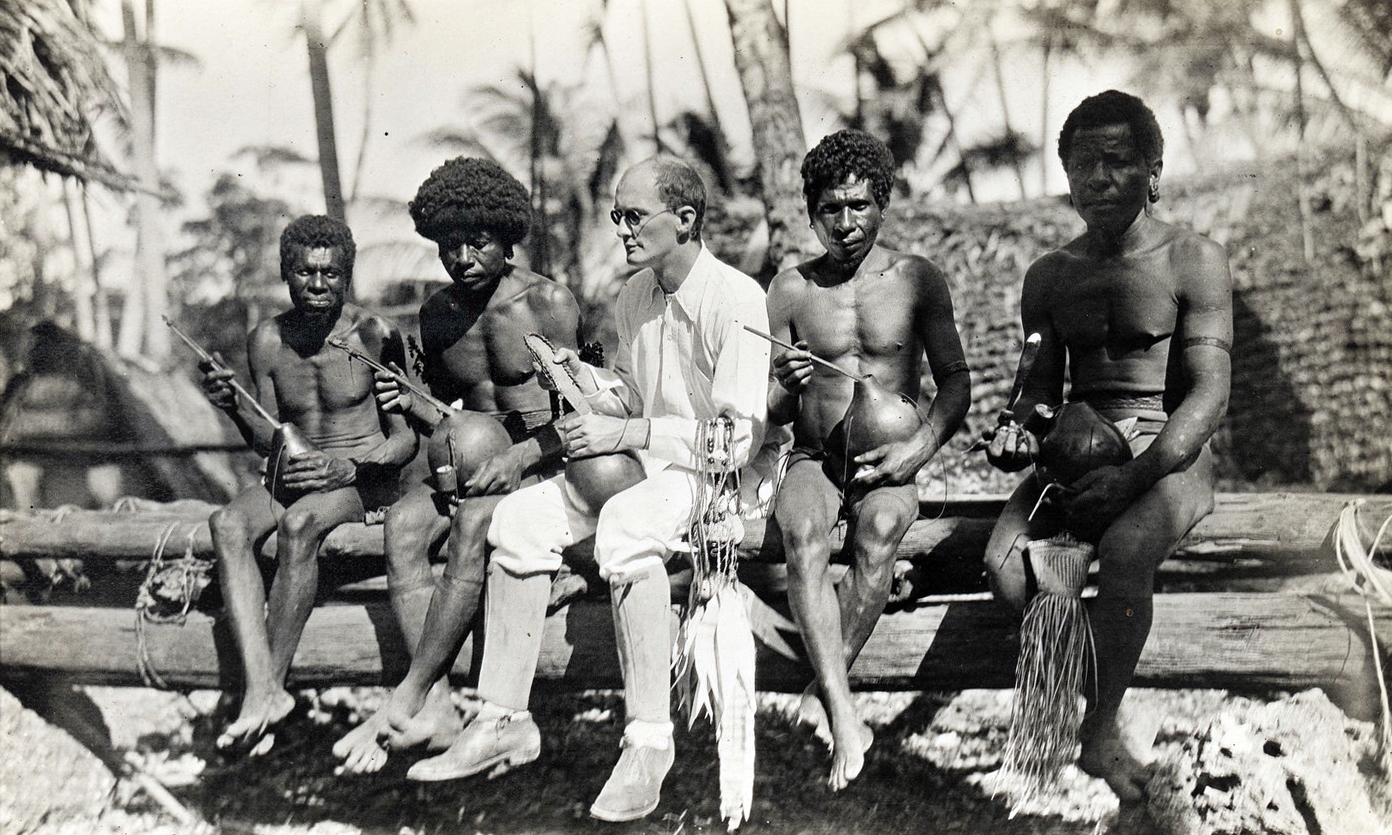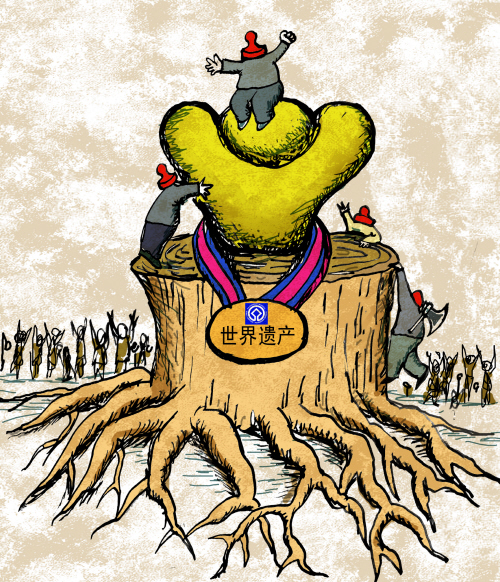The topic of my proposal is “An
Ethnographic Perspective on Heritage Construction as a Place-Making Process – the
case of Dong Villages”. I guess it’s quite abstract for most of you. Actually,
I myself consider it a tongue twister with too many academic words too.
However, when I examine every word one by one, I think they are all necessary
to express my complete idea, including the statement, the method and the
object. Later, I’d like to explain the concepts in the back of every phrase of
the title in sequence. It can be divided in to 4 parts.
 |
| Dong Villages in Fall (Zhanli, Guizhou) |
Ethnographic Perspective
I studied geography and anthropology in my undergraduate study. Whether in human geography or cultural anthropology, ethnography is a common method to find questions and solve them. Its spirit lies in the emphasis of “fieldwork” requiring “participant observation” and “deep description” to discover the object’s culture system, including socioeconomic and politics, etc., in a holistic way. It’s very different to scientific methods in other subjects. In ethnographic perspective, everything is connected to other things, so that it’s important to record all of them and then organize them into a structure or interpretation. Although the epistemology and methodology of ethnography shifts very frequently and is always under debate, it is still widely and generally used in anthropological research.
 |
| Bronisław Malinowski, co-founders of ethnography, and the natives in Trobriand Islands when he was doing his first ethnography |
Heritage Construction
When we are discussing heritage, we should
always stick to the definition and meaning of heritage, namely, something important
that worth passing down to future generations. So, how do we decide whether
something is important or not? It might be the consensus of many people, but
also the creation of any institution, like the state. The state uses the construction
of heritage to build identities of different scales, to symbolize policy, to
gentrify local communities or to promote tourism. When a place becomes a
heritage, what happens to it? By entering the community (the ethnography method
I just mentioned), I’d like to know how the village transforms and reacts to
respond and reconstruct external ideas and acts, especially the notions about
history, identity and nation-state. Does the state succeed or fail? Does the
local community develop as the state’s expectations? These will be the main
issues I want to talk about in my research.
Place-Making Process
This part might be the most abstract part
of my topic, but it’s actually the most relative part to everyone. Place-making
is a popular term in the field of cultural geography. It tries to answer the
question: how do we perceive somewhere as a place? The scale can be as wide as
a globe, or as tiny as a home. World Heritage is a worldwide system attempting
to record local places such as villages, towns or cities through national
institutions, which is an ideal object to observe it. The flow of knowledge,
power and capital together forms the dynamic process of place-making. In the
past, the place is easier to be created only by the local, but in the
contemporary world, no place can be excluded from other places, making the process
more complicated and sophisticated. Finding every stake holder’s needs while setting
aside the binary opposition of internal/external and state/local are the latest
ideas to rethink the place.
 |
| Ironic illustration of shen-yi-re, a term used in China to describe the insanity of governments to nominate world heritage sites |
The Case of Dong Villages
I choose Dong Villages as my field mainly because,
its nomination procedure to be enlisted in world heritage is the fastest ones among
all the ethnographic villages in China. It’s already on the tentative list
since 2013. Word has it that Dong villages might be sent to the committee in
2020, but it’s still under discussion after all. Through the case of Dong
villages, there will be some specific phenomena I can focus more on:
1.
Ethnic relationship between the
majority, Han and the minority, Dong, including the differences of languages,
traditions and customs
2.
Stratification of local, provincial
and central government and how the concepts and knowledge flow between them
3.
Additional tourism, infrastructure,
and transportation construction for transforming from a rural area to an urbanized
area.
4.
Ways how traditions be
preserved, exhibited, represented as a heritage and locals’ acts to it
These are the ideas I have so far and, actually,
it doesn’t change a lot from my original proposal. Of course, just as everyone
does, I hope this can be smoothly conducted in the following days. It looks
like that my research will be the most academic one among all of ours, maybe
because I didn’t leave university for long. Actually, I continue this program
just after I obtained my bachelor degree. I don’t have much practical
experience in this field, and, in contrast, feel interested in digging into new
academic discourses and findings. I try to apply my studies in geography and
anthropology to my further research, and what always comes to my mind is people in the site.
 |
| Aerial photography of Guandong, Guangxi |
Links
- Dong Villages on tentative lists of World Heritage: https://whc.unesco.org/en/tentativelists/5813/
- Ethnography on Wikipedia: https://en.wikipedia.org/wiki/Ethnography
- Related literature 1: Oaks, T. 2016. Villagizing the city: turning rural ethnic heritage into urban modernity in southwest China. International Journal of Heritage Studies 22 (10): 751-65. https://www.tandfonline.com/doi/abs/10.1080/13527258.2016.1212387
- Related literature 2: Wang, S. 2016. Civilization and the Transformation of Xiaotun Village at China's Yinxu Archaeological Site. In World Heritage on the Ground: Ethnographic Perspectives, ed. Berliner, D. and C. Baumman, 171-92. New York and Oxford: Berghahn.

No comments:
Post a Comment
Don't forget to sign your comments!